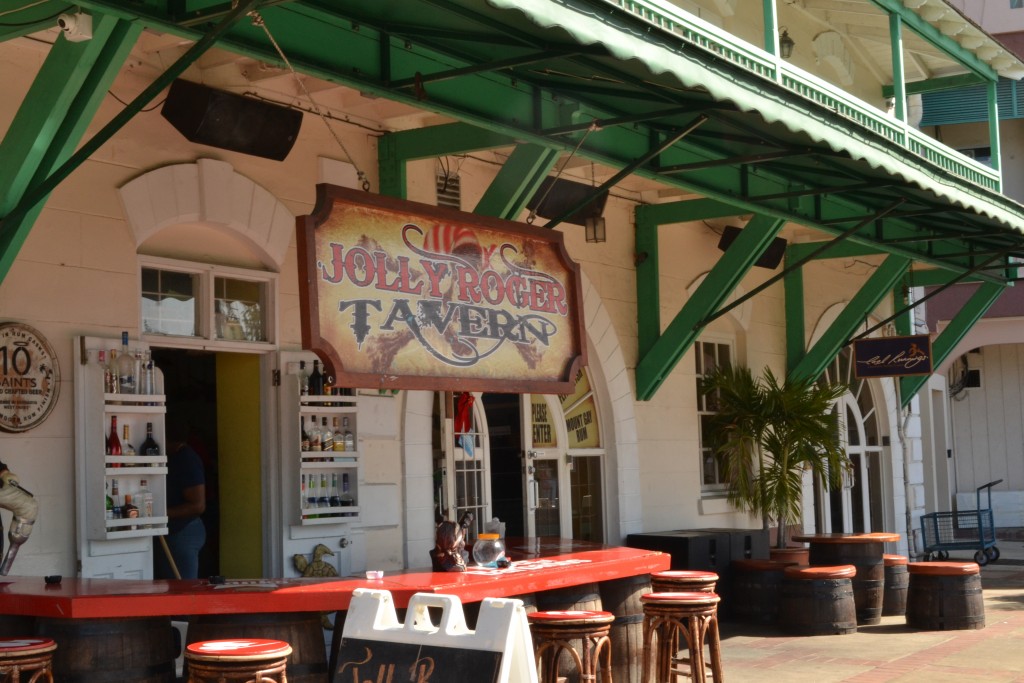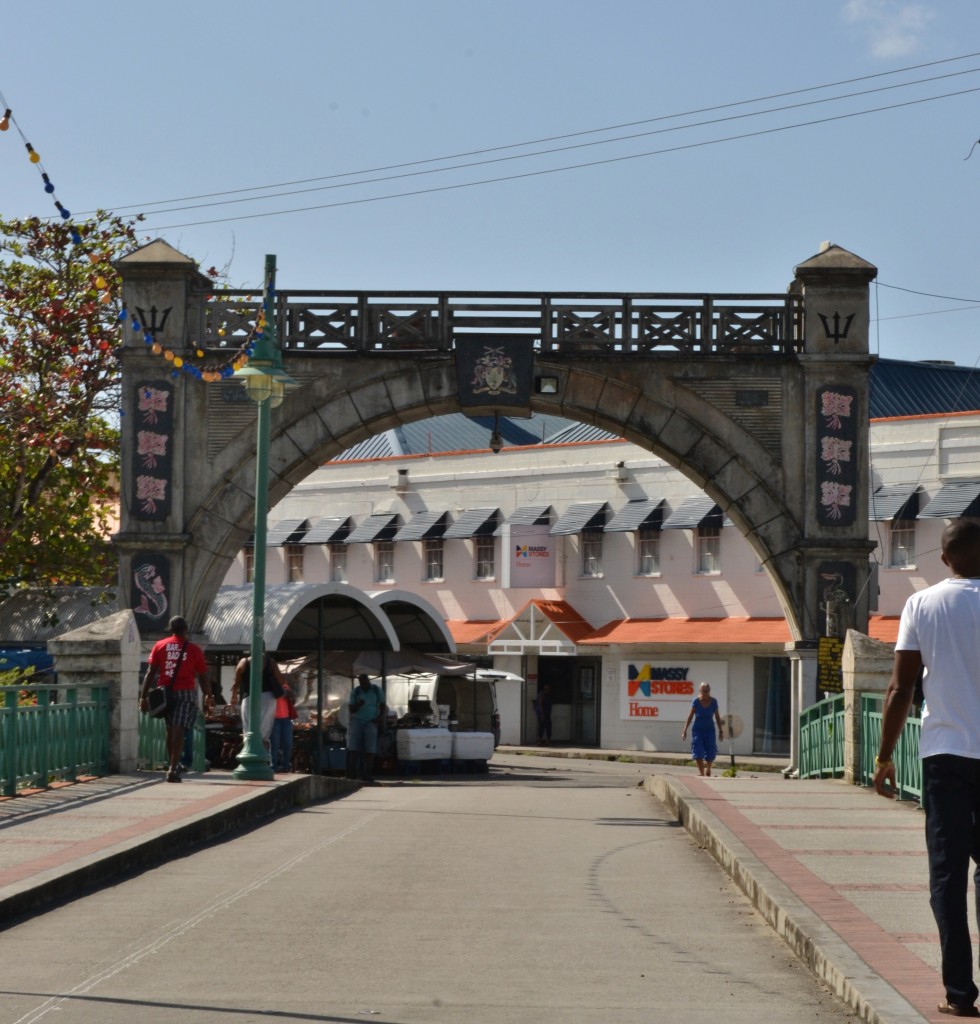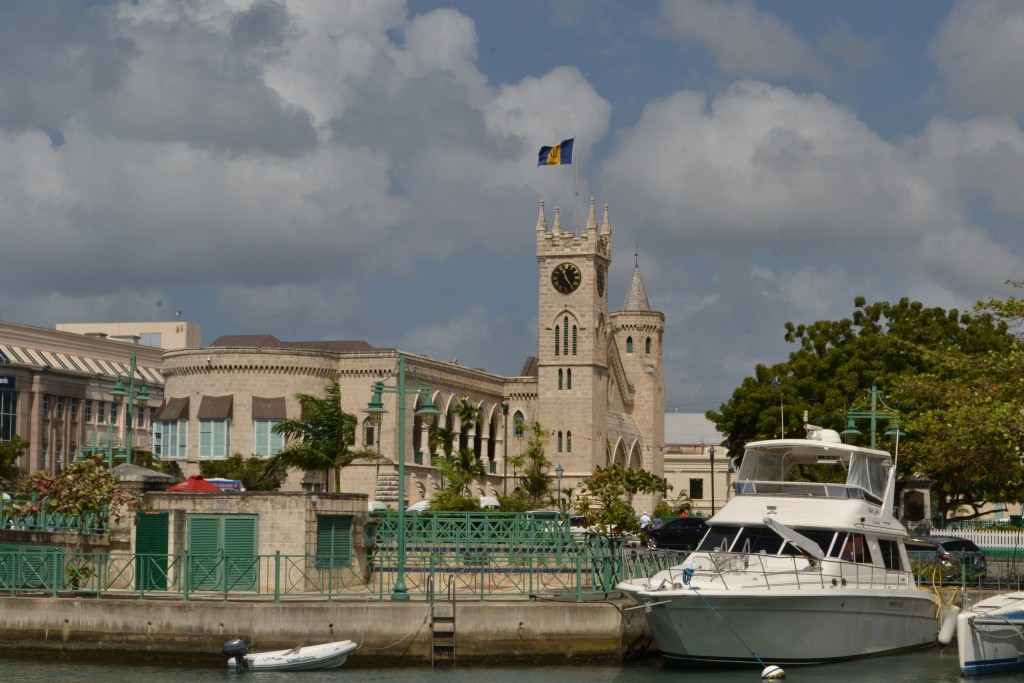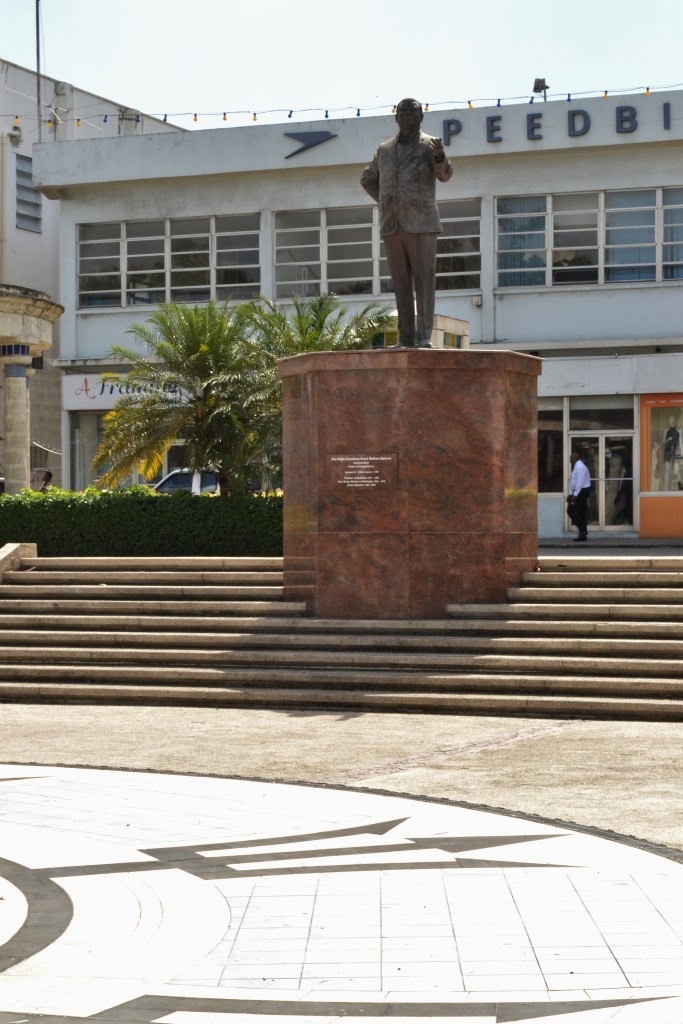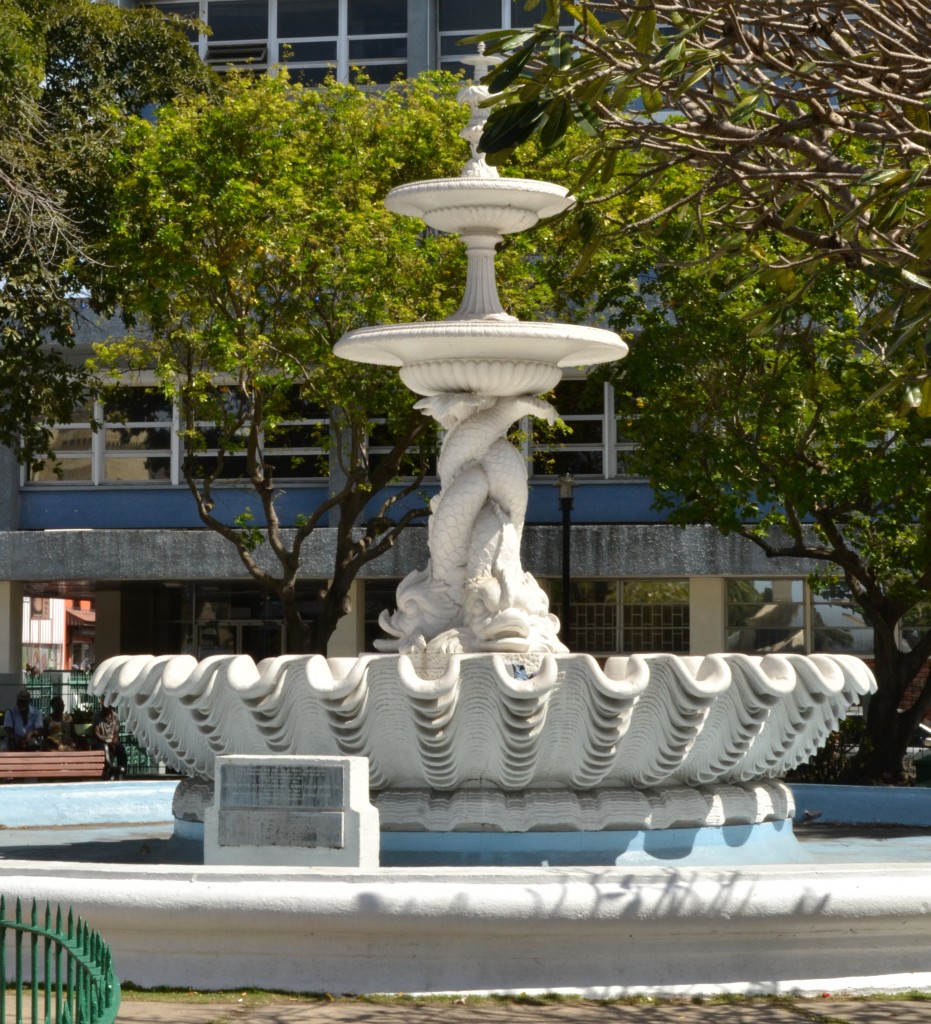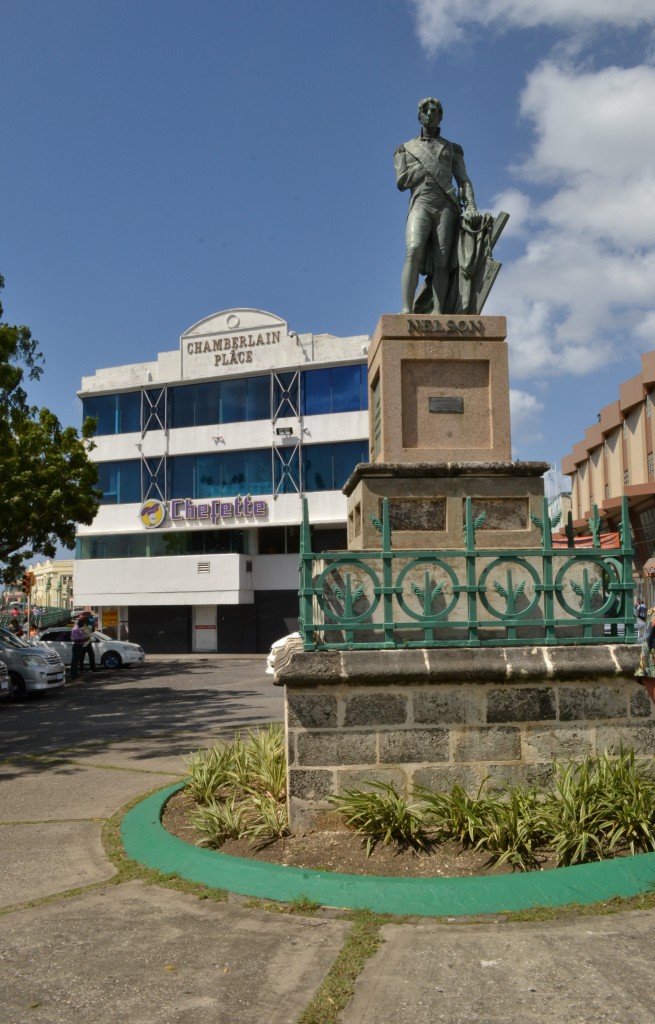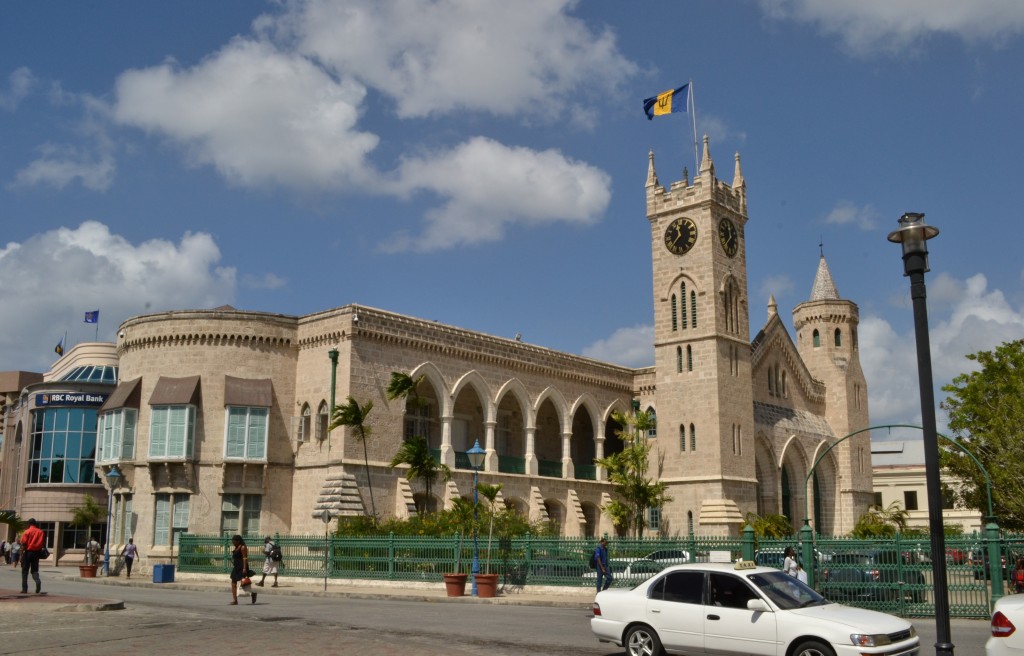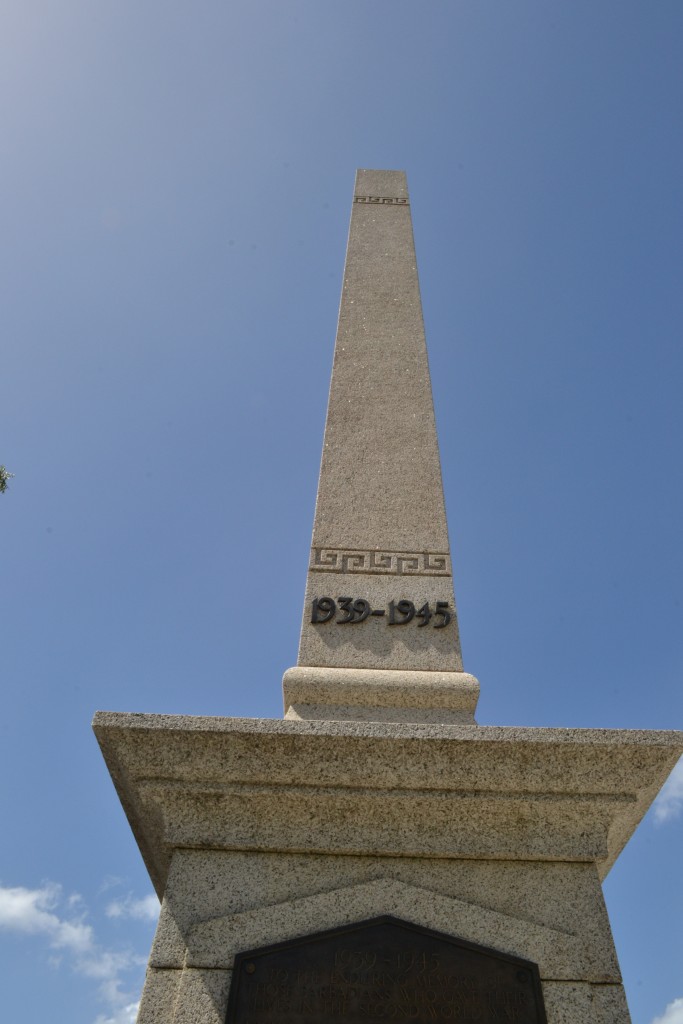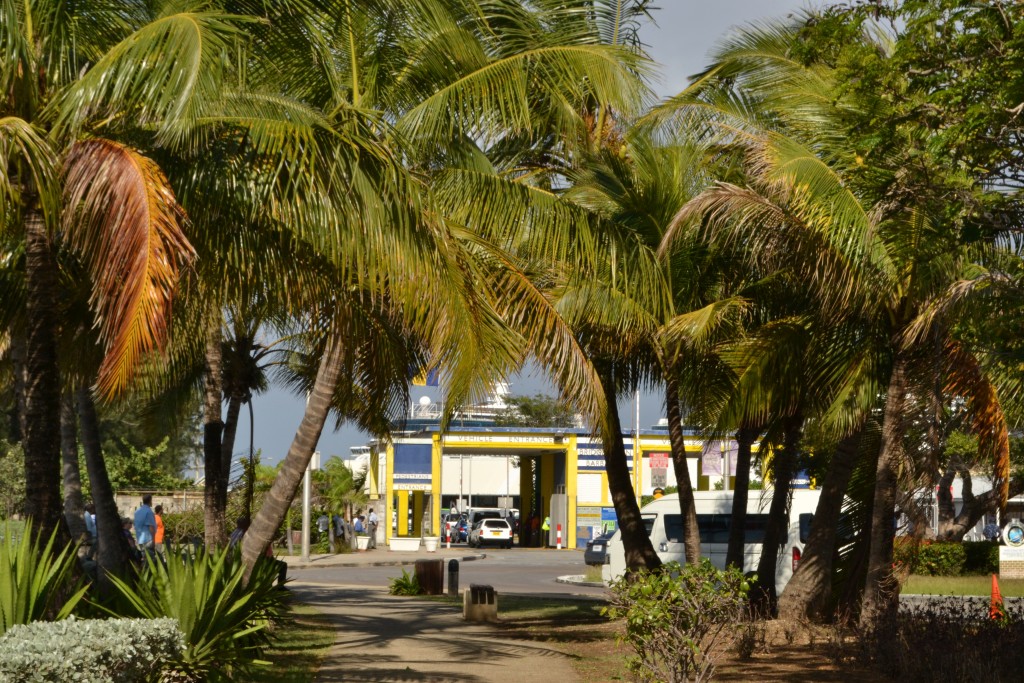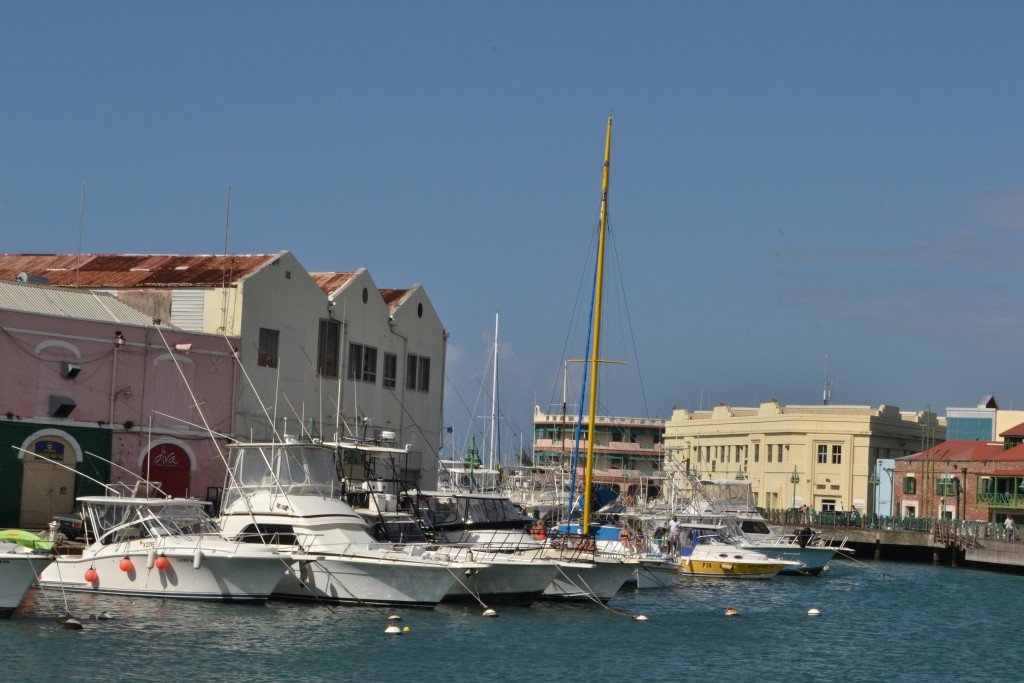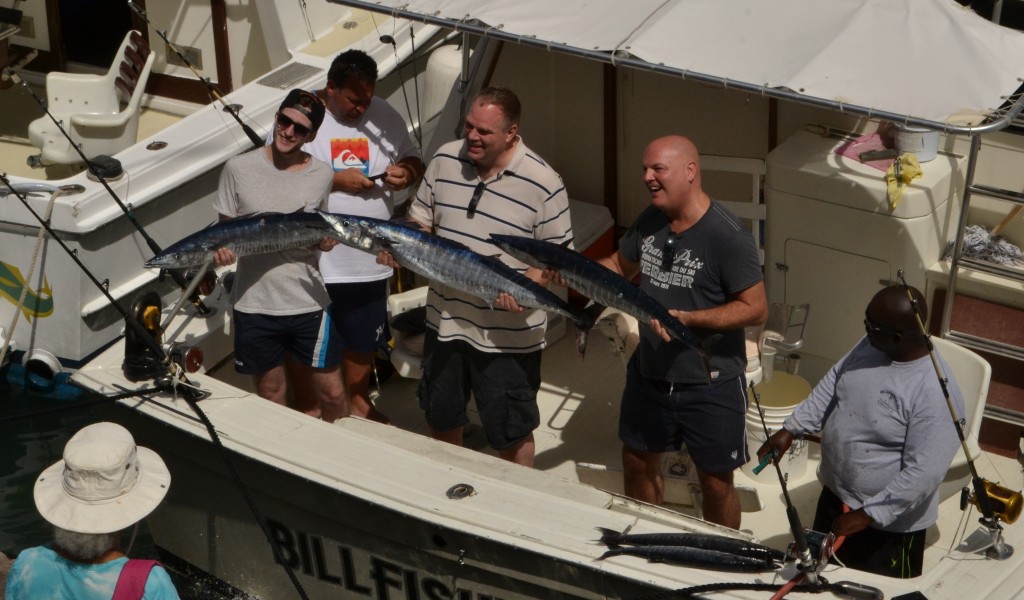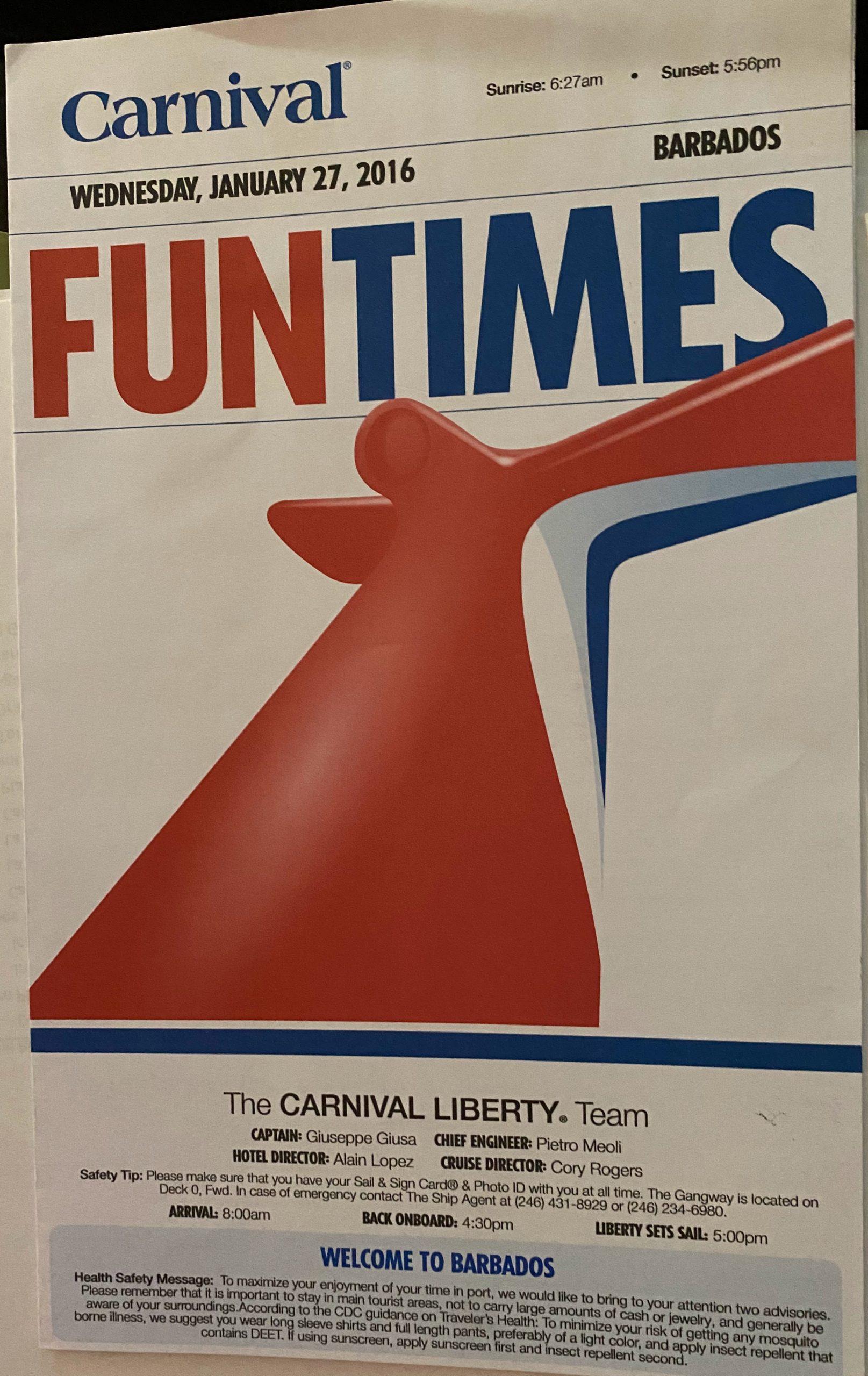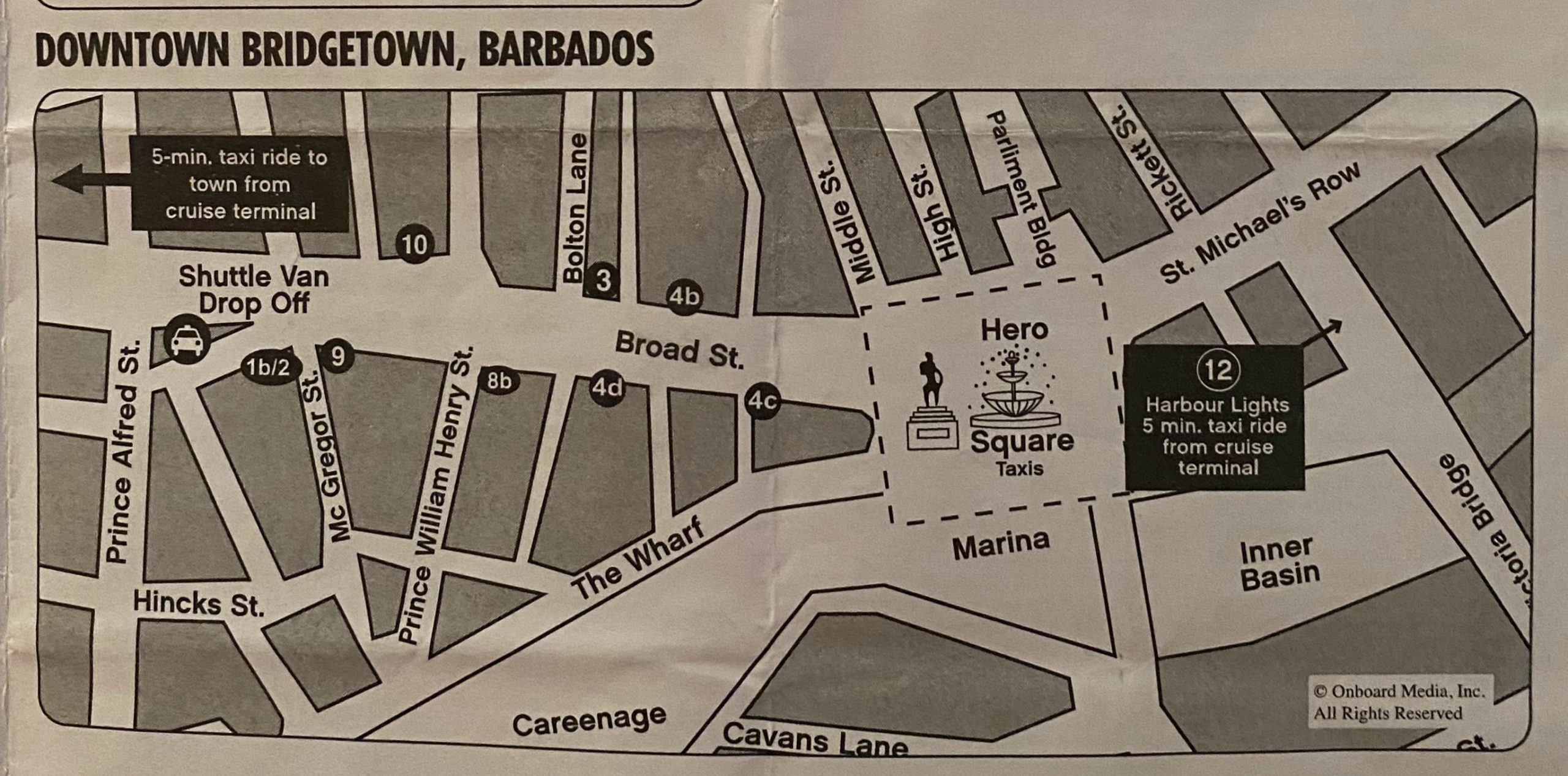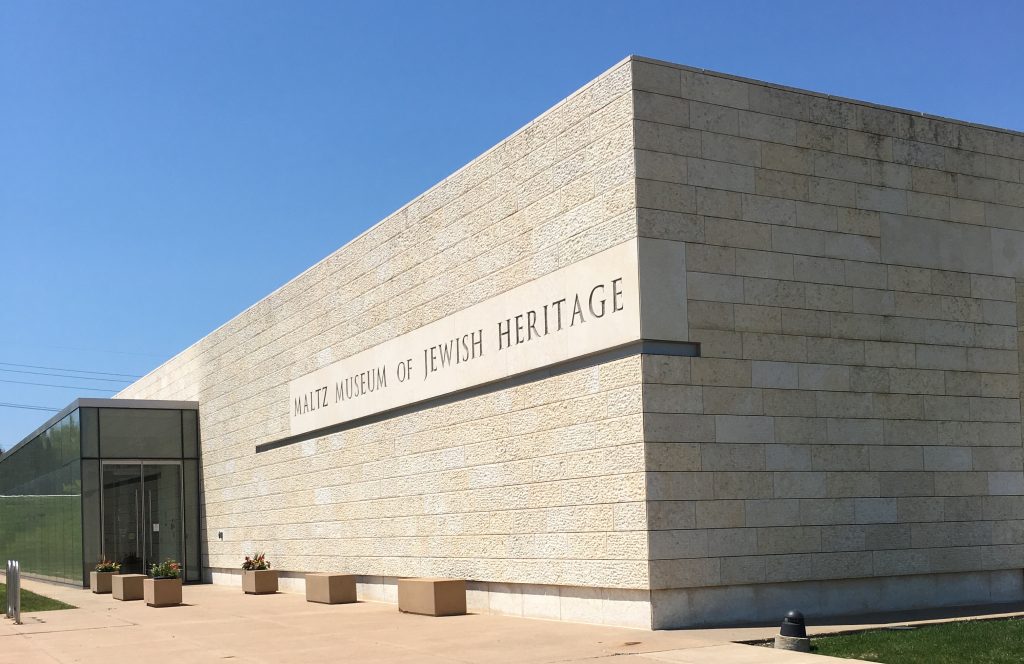
“Operation Finale: The Capture and Trial of Adolf Eichmann”, was listed as an exhibit at the Maltz Museum of Jewish Heritage. I had heard of Adolf Eichmann while attending an exhibit at the National Underground Freedom Railroad Center and recently checked out the book by Hannah Arendt, “Eichmann in Jerusalem: A Report on the Banality of Evil”.
I have to admit the exhibit piqued my curiosity. Arendt wrote about the criminal trial of Adolf Eichmann which brought about controversy throughout Europe and the United States. Her book was based on these writings and the transcripts from the trial held in Israel. For the victims, it was an opportunity to tell their story, which was so full of atrocities against the Jewish race, that it was obvious, Adolf Eichmann was a monster. It seemed unbelievable that such a man as Eichmann could elude capture and prosecution for such a long time, I wanted to know the story of his arrest. I wanted to see justice for the Jews.
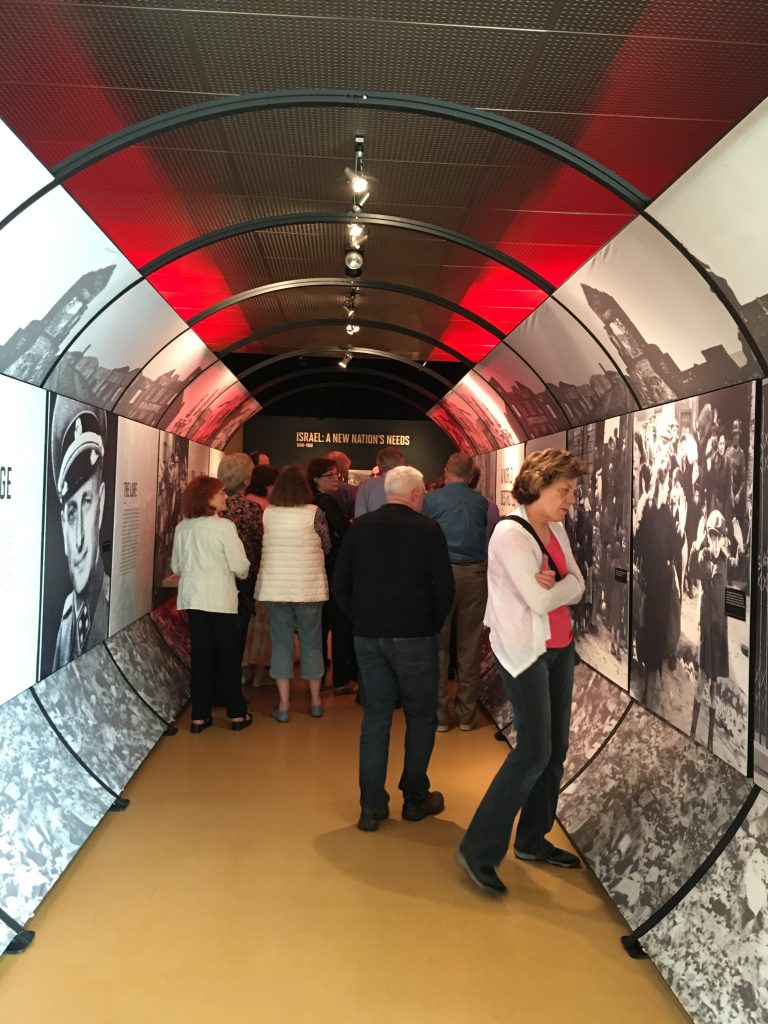
In preparation for the tour, the guide asked us to pack ourselves into the small area located at the entrance. Our conductor asked us to imagine standing in this space, packed with family, friends and strangers. He then asked if we would be able to stand here for days without food and water and only a bucket to relieve ourselves as a makeshift toilet. We realized that we were standing in a space with the exact dimensions of the railroad cars that were used for transportation to the concentration camps.
A placard posted at this exhibit read, “The Nazis and their collaborators murdered approximately six million Jews across the length of Europe and into North Africa. In some countries, as many as 90 percent of pre-war Jewish populations were eliminated. Communities and cultures that had existed for millennia were obliterated as men, women and children were hunted down like prey, herded into ghettos and enslaved in labor camps and slaughtered in extermination camps. WWII was the most lethal military conflict in human history. Six million of the dead were civilians whose only crime was their Jewish identity.”
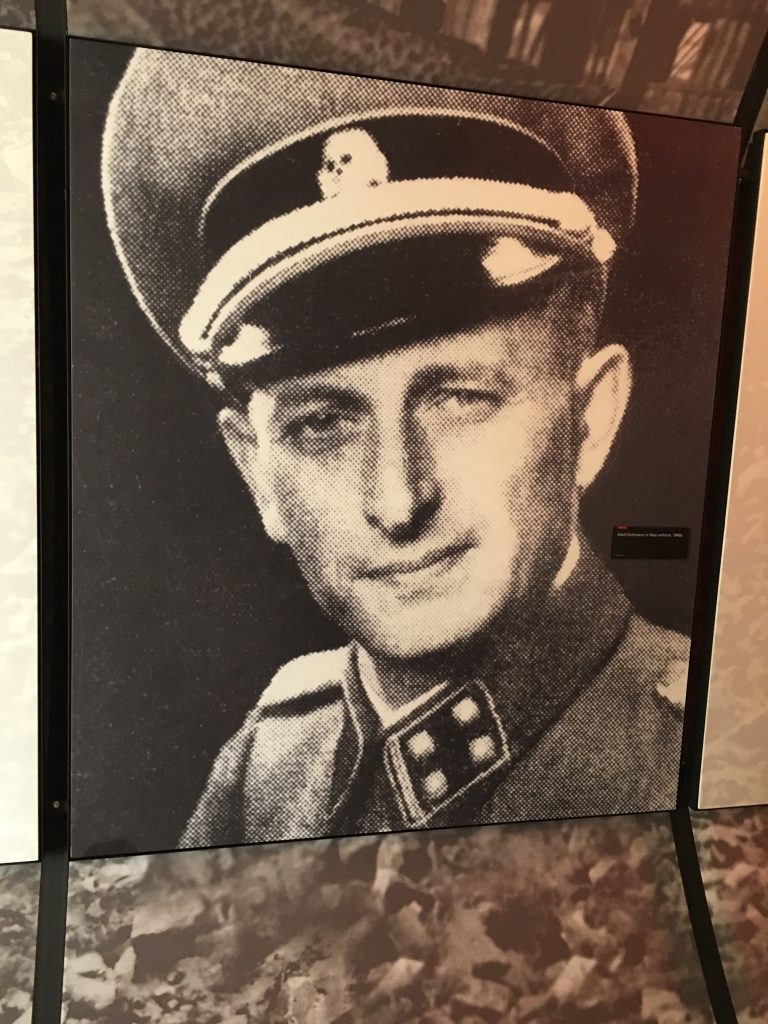
Our guide provided us with background information about Adolf Eichmann and his life before joining the SS (Schutzstaffel), a major paramilitary organization under Adolf Hitler. Born in 1906, Eichmann grew up around Jews, had a Jewish best friend and once worked for a Jewish family. He later took a position with an American oil company where he learned about transportation.
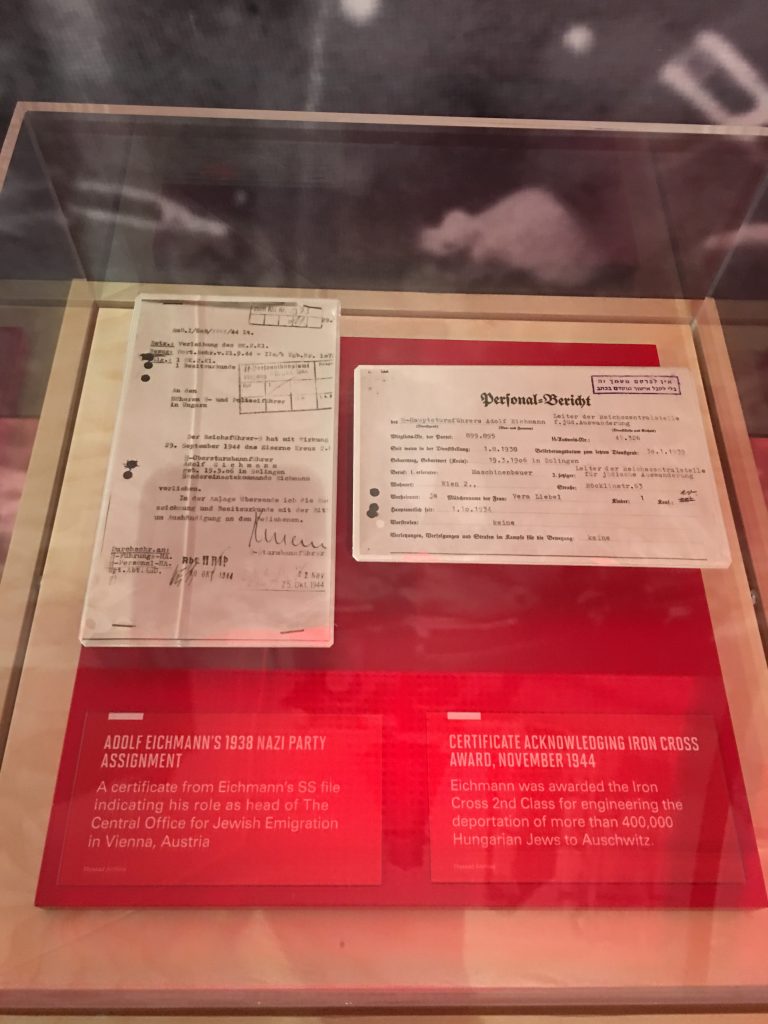
Eichmann joined the Nazi party in 1932 and having claimed to be an expert in Jewish relations, was provided a position where he would command the deportation of Jews. On display at the museum were documents of Eichmann’s Nazi Party Assignment. The Iron Cross Award was presented to him for the exile of more than 400,000 Hungarian Jews to Auschwitz.
A 1942 German meeting held in Wannsee would be a major turning point in the war. The Nazis came together to determine a “solution to the Jewish question”, which would result in mass genocide. Over the next three years Eichmann was responsible for accelerating this order, killing Jews at an overwhelming pace.
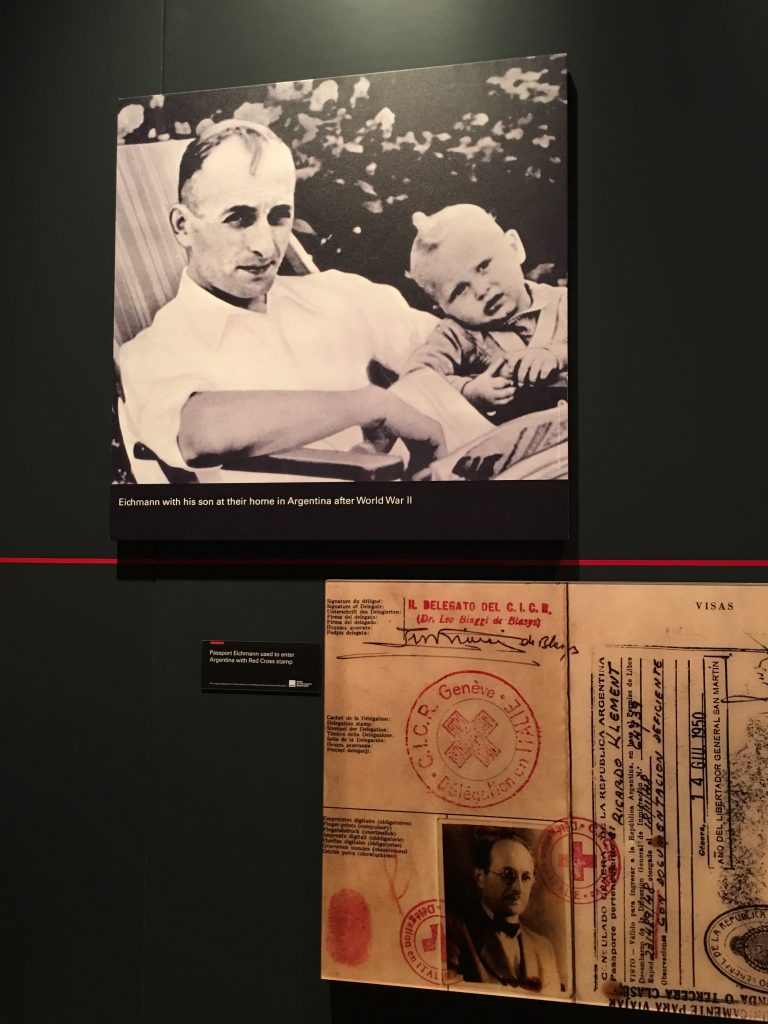
At the time the Germans were defeated in 1945, Eichmann was captured by the Americans and was incarcerated under the alias, Otto Eckmann. He escaped and remained in hiding in Europe until he was able to reach the country of Argentina. Under the assumed name of Ricardo Klement, Eichmann reached South America where many Nazi War Criminals had fled to elude capture.
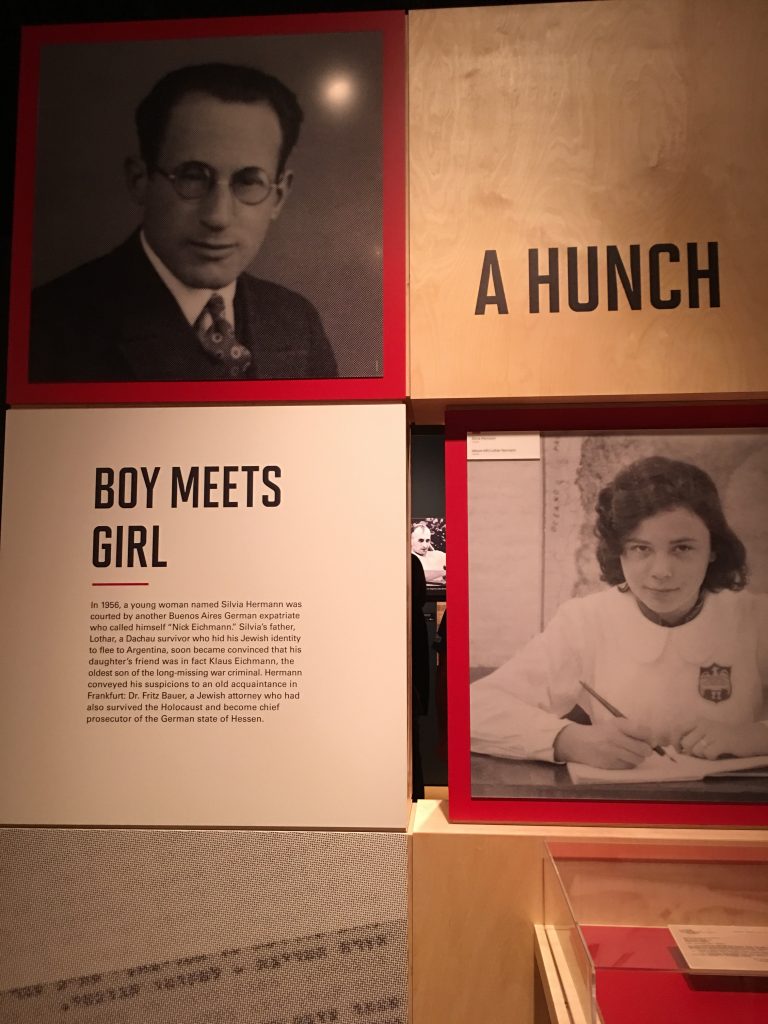
Israel’s Secret Service, the Mossad, were intent on finding the Nazi War Criminals in hiding. A tip from German immigrant, Lothar Hermann provided one of these leads. Hermann, a Dachau holocaust survivor, became suspicious of a young man that his daughter was dating. The lad, Nick Eichmann bragged about his father’s Nazi affiliation. Hermann contacted Dr. Fritz Bauer the prosecutor-general of the West German state of Hesse with the information. Operatives could not imagine that Eichmann was residing in the poor living conditions on Gribaldi Street in Buenos Aires and no further action was taken. It would take four more years until Eichmann’s arrest.
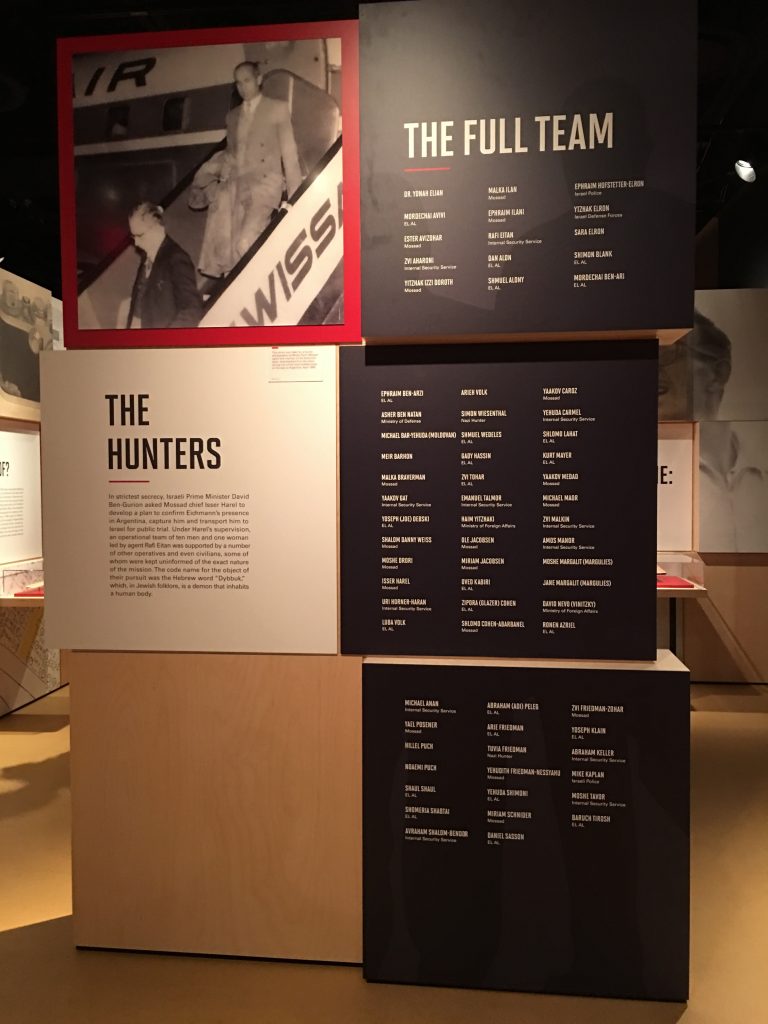
A dedicated team of members of the Moussad, El Al and the Israeli police were known as the Grab Team. They assisted in the final capture of Adolf Eichmann which took place in 1960.
The Team learned that Eichmann had a job with Mercedes Benz in Argentina. It seemed most likely because he spoke German. Each night, his schedule proceeded like clock work. His agenda was so precise that it was determined that they would arrest him when he arrived at home around 7:30PM.
On May 11, 1960, the day had come for the Team to apprehend Eichmann. In preparation for the take down, they wore gloves in the event Eichmann would take poison or spit on them. They were also concerned that he may try to commit suicide with a gun, should he become aware of his arrest. It was imperative that they capture him alive so that they could bring him to trial in Israel.
When it was his scheduled time to disembark the train, Eichmann was nowhere to be found. The Grab Team was ready to abandon their operations but waited for the next train scheduled to arrive at 8:10PM. Once the Team noticed Eichmann leaving the train, he was detained. According to the Grab Team, they were able to confirm his identity with photographs. In the end, it was his earlobes that gave him away.
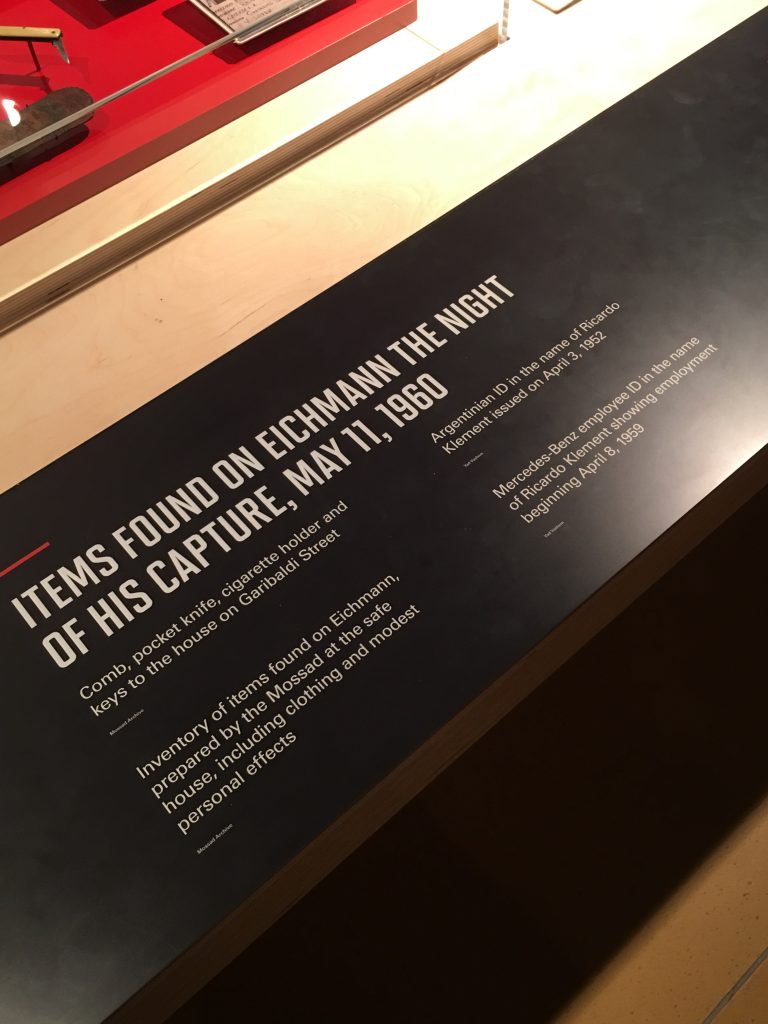
Upon capture, the Team asked Eichmann to give them his name. He immediately gave up his SS number and they completed their identification by confirming his scars.
Over the next nine days, the Grab Team would hold Eichmann in a number of safe houses, waiting to deport him to Israel. Ironically, El Al Airlines had just begun flight service from Buenos Aires to Israel. Eichmann was dressed up as a flight attendant, wore a set of goggles and was drugged during transport.
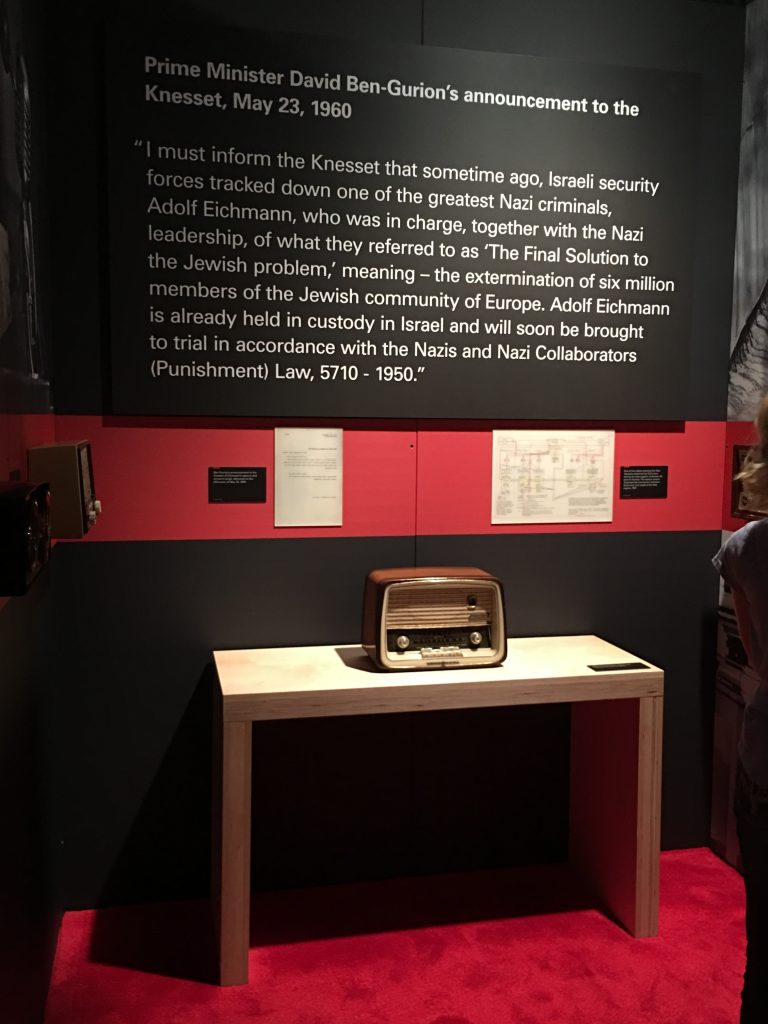
The Team had also been conducting surveillance on another Nazi War Criminal, Dr. Mengele. Some of the Team remained in Buenos Aires in hopes of capturing him but soon learned that the doctor was on vacation. Dr. Mengele was never caught.
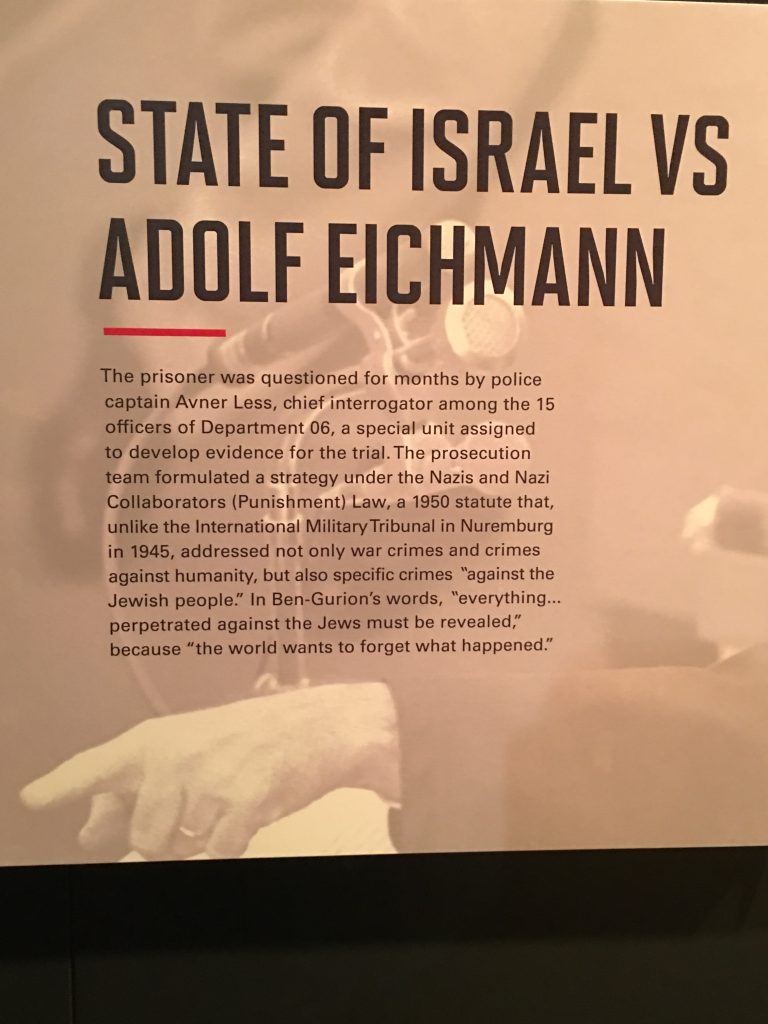
It would take less than a year for Adolf Eichmann’s trial to begin on April 11, 1961. Eichmann’s defense was that he was not a policy maker and therefore, was not responsible for the death of the Jews directly. He stated that he was only following orders.
Prior testimony at the Nuremburg Trials in 1945, detailed the activities for which Eichmann was responsible during the Holocaust. It was Eichmann who suggested the use of Zyklon-B poisonous gas to exterminate the Jews in the gas chambers. He was also in charge of the inhumane transportation of Jews from their home to “work camps”. It was determined that ten to fifty percent of Jews would die in the railroad cars due to the appalling conditions. Within three days of the transfer of Jews to concentration camps, many would not survive due to lack of water and deficient waste disposal. Internal Nazi documents showed that Eichmann carried out the command to increase the killing of Jews when the Nazis realized that they were being defeated.
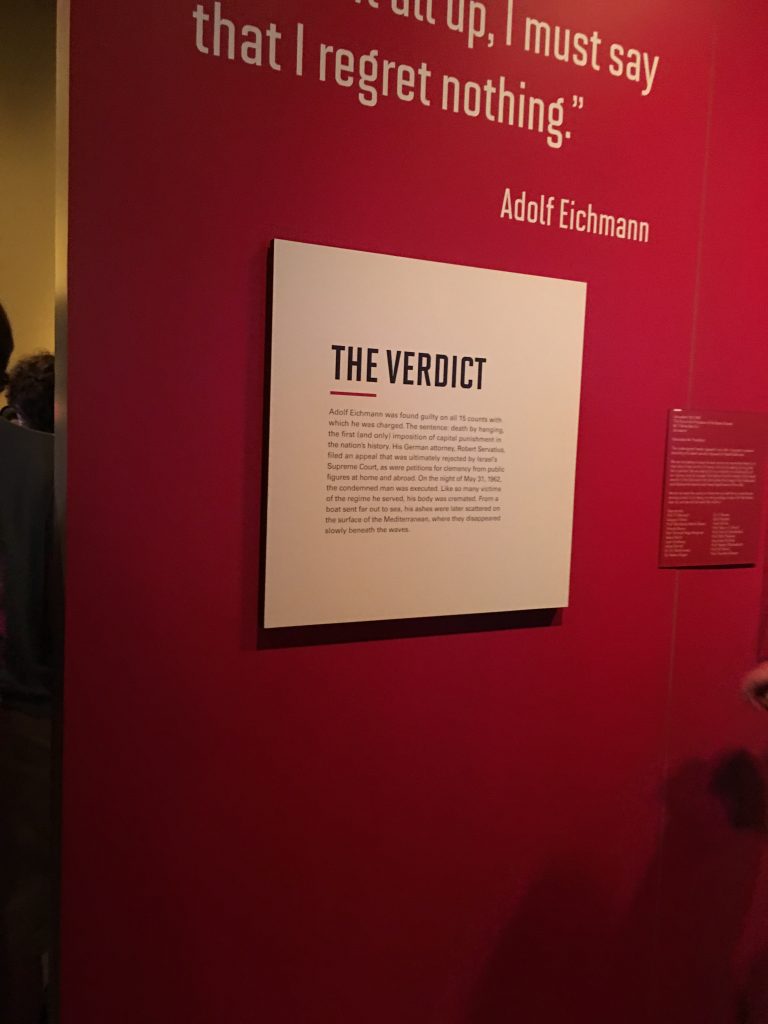
The most emotional stage of the tour was watching the movie screen showing aspects of the trial on three monitors. To the far left, cameras focused on the reaction of the audience while in the center, Eichmann, guarded by two Israeli officers, responds to questions from the panel. The most moving visual was the testimony of nearly one hundred victims displayed on the far right partition, testifying against him. It is a graphic trial lasting 3 days and heart wrenching as Eichmann sits emotionless. In the end, justice prevailed and Eichmann was found guilty. He was hanged on May 31, 1962.
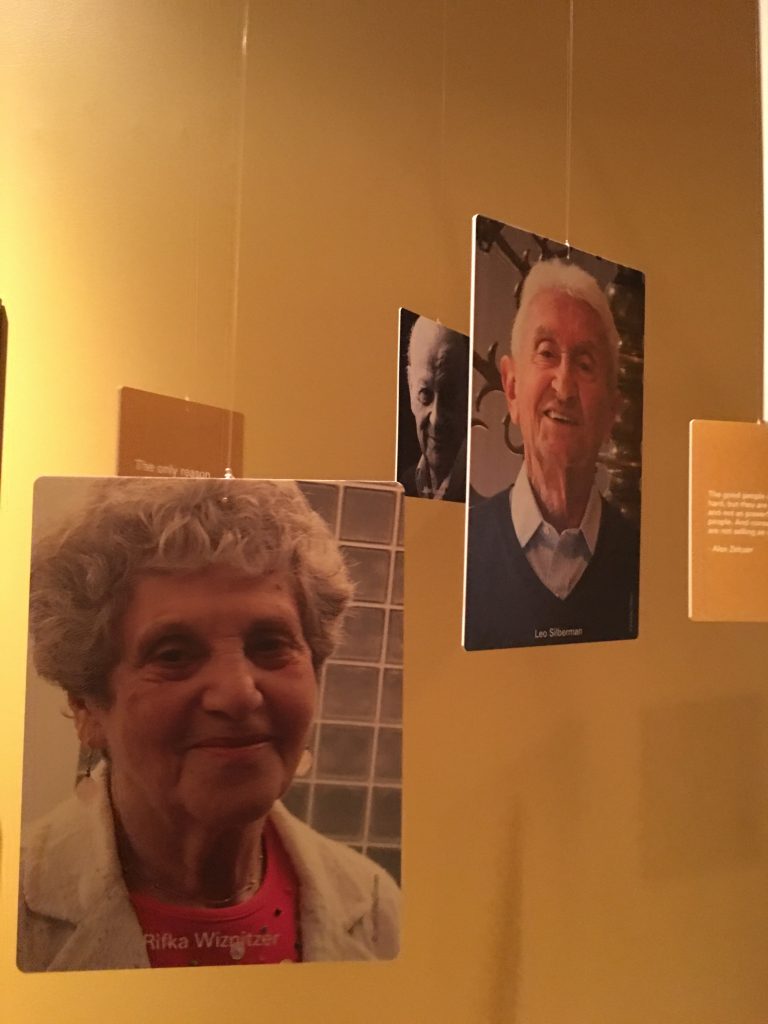
I felt a sense of satisfaction knowing that Adolph Eichmann had been punished for his cruel and brutal treatment of Jews during the Holocaust. It will never be enough justice for the victims who lost their lives or the survivors that continue their lives reliving this nightmare. We must never forget them. We have a responsibility to keep their story alive.
Did you have the opportunity to visit the Adolf Eichmann exhibit? I would love to hear about your experience if you would kindly leave a comment in the section below! Many Thanks for reading about my visit to the Maltz Museum and the Adolph Eichmann exhibit. Wishing you many Happy Travels!
What to See and What to Do:
The Maltz Museum of Jewish Heritage
2929 Richmond Road
Beachwood, OH 44122
Telephone: 216 593 0575
- Admission Fee: $12 for Adults, $10 for Seniors (60+) and Students (12+) and $5 for Youth, ages 5 – 11; Maltz Museum members and children under 5 are FREE. Contact the museum’s website for holiday closures.
- Hours: Open Thursday – Sunday from 11AM to 5PM; Closed Monday and Open on Wednesday from 11AM to 9PM.
- Length of Visit: 1 to 2 hours, or additional time for special exhibits
- Tips for Your Visit: Ensure that you have visited the website to confirm that the museum is open, as it may be closed for a list of holidays.
Where to Stay:
Aloft Beachwood
1010 Eaton Boulevard
Beachwood, OH 44122
Telephone: 215 595 0900
Where to Eat:
Moxie, the Restaurant – permanently closed in 2019
3355 Richmond Road
Beachwood, OH 44122
Telephone: 216 831 5599
Since oysters were in season, I placed an order for a half dozen, flavored with hot sauce, parsley and lemon. For my main entree I ordered the Bronzini with a tabbouleh salad, chilled cucumber & dill broth, watermelon radish, mint oil. The combination of unique foods was absolutely amazing and I had so much food left over for a least a couple of meals.
John Mariani from Esquire Magazine raves about Moxie, “The hot new Moxie has picked up on the style of restaurants in downtown New York with a little New Orleans thrown in. Portions are gargantuan.”
What to Read:
- Eichmann Before Jerusalem by Bettina Stangneth
- The House on Garibaldi Street by Isser Harel
- Hunting Eichmann: How a Band of Survivors and a Young Spy Agency Chased Down the World’s Most Notorious Nazi by Neal Bascomb
Photo Guide for Cleveland:
- Abbey Road Skyline
- Brewnuts is not only a lovely donut shop, but its nostalgic art deco interior is perfect for unique photos
- A Christmas Story House in nearby Tremont
- Civic Center District to photograph Cleveland’s City Hall, Rock and Roll Hall of Fame and FirstEnergy Football Field
- The Cleveland Arcade is one of the most photographed location in Cleveland so arrive early (8 or 9) before the crowds arrive.
- Cleveland MetroParks Zoo
- Cleveland Murals in Ohio City (close by)
- Cleveland’s Museum of Art for its phenomenal architecture and exhibits
- Cleveland Public Library
- Cleveland Signs
- Coastal Taco has some of the best views of the river in the city of Cleveland.
- The Cuyahoga Valley National Park in Brecksville is for nature lovers.
- The Flying Fig is a yummy cafe where outdoor photos are a must.
- East Fourth Street is where you will find cozy cafes lining brick walkways
- The Fountain of Eternal Life honors local residents who served in the military (photograph during the day AND night)
- Great Lakes Brewing Company
- Heinen’s Grocery Store to photograph the rotunda overlooking the food court and check out the terrace for additional photos
- Holden Arboretum in nearby Kirtland
- Lakeview Cemetery
- Hope Memorial Bridge is the best place for photographing a cityscape photo of Cleveland
- Located at Playhouse Square, Yours Truly is a chic cafe with exposed brick and stylish furniture and the infamous GE Chandelier
- Pour Cleveland is a lovely coffee shop with an artsy interior.
- Q Arena is home of the Cleveland Cavaliers
- Rock and Roll Hall of Fame for its spectacular architecture and historical exhibits
- Settler’s Landing Park is perfect for photographing several iconic locations in Cleveland.
- Superior Viaduct Bridge
- West Side Market is absolutely amazing for shooting food photos at each of the stalls, but a trip up to the second level by way of the corner staircase will provide a photo-worthy shot of the market from above.
Disclosure: Please refer to our blog disclaimer tab for more information.
